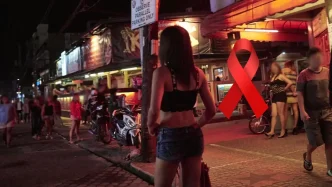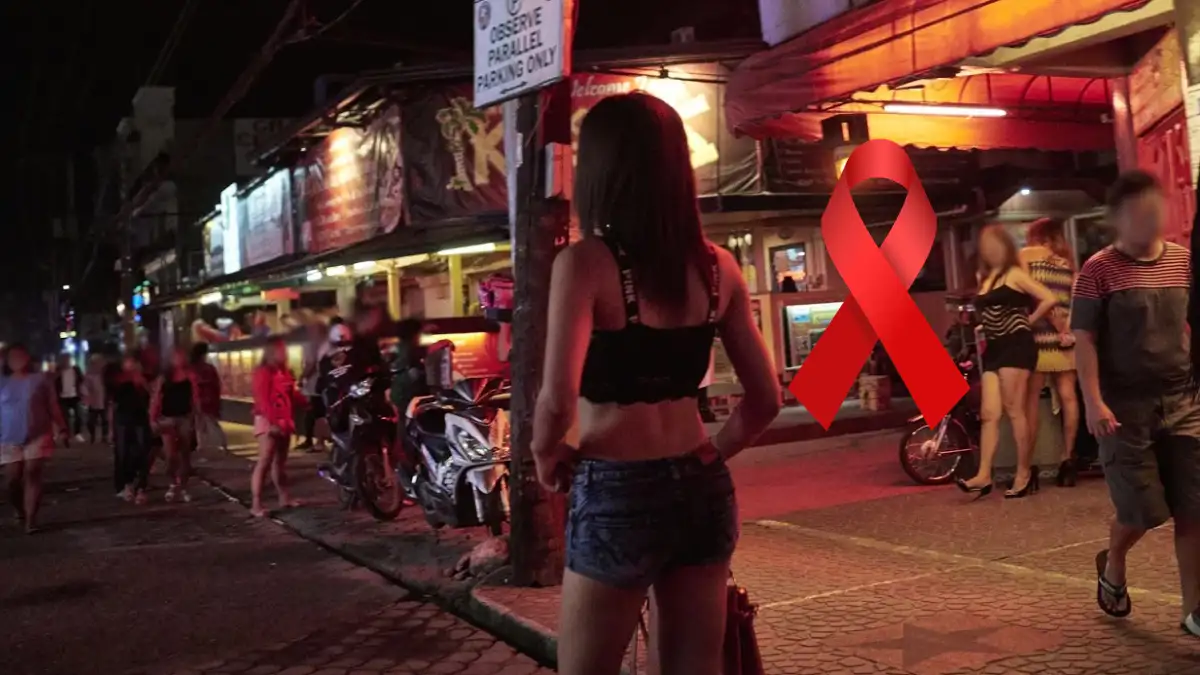In Quezon Province, Philippines, a silent but deadly epidemic continues to claim lives. According to the latest report from the Quezon Provincial Health Office (QPHO), at least 120 people have died due to human immunodeficiency virus (HIV) and acquired immunodeficiency syndrome (AIDS) between 1987 and February 2025. With 1,636 total HIV cases recorded in the province over the same period, including 429 in the provincial capital of Lucena City, health officials are sounding the alarm over a persistent public health crisis that shows no signs of abating.
Rising Numbers and Vulnerable Demographics
The data, sourced from the Department of Health’s (DOH) Center for Health Development – Regional Epidemiology and Surveillance Unit 4-A, paints a grim picture. From January to February 2025 alone, 58 new HIV cases were reported in Quezon Province, adding to an already significant burden. The majority of cases are concentrated among individuals aged 25 to 34, followed by a worrying number of adolescents and young adults aged 15 to 24. This trend underscores the urgent need for targeted education and prevention programs for younger populations, who are often at higher risk due to lack of awareness or access to resources.
Gender disparities are also stark. Men are disproportionately affected by HIV in Quezon, with transmission rates highest among men who have sex with men (MSM). According to the DOH, unprotected sexual contact remains the predominant mode of transmission, a pattern that has shifted notably toward the MSM community since 2007. This shift highlights the importance of tailored interventions that address specific risk behaviors and cultural stigmas surrounding sexual health in the region.
Modes of Transmission and Public Health Response
Beyond sexual contact, other modes of HIV transmission are under close scrutiny by health officials. Mother-to-child transmission during pregnancy or childbirth ranks as the second most common route, emphasizing the need for robust prenatal screening and care. Additionally, needle-sharing among people who inject drugs remains a significant concern, though less prevalent than sexual transmission. These varied pathways of infection illustrate the complexity of tackling HIV, requiring a multi-faceted approach that spans medical, social, and behavioral interventions.
The QPHO has been proactive in its messaging, urging the public to practice safe behaviors and utilize free, confidential HIV testing services. In a recent statement shared on social media, the office emphasized the availability of support for those who test positive. “In case of a positive result, do not be afraid, as there are facilities available that offer free treatment and care,” the QPHO stated in Filipino on its Facebook page. As of February 2025, 995 HIV patients in Quezon are undergoing antiretroviral therapy (ART), a critical treatment regimen that helps manage the virus and prevent its progression to AIDS, the often-fatal advanced stage of the disease.
The Nature of HIV: A Silent Threat
HIV, which weakens the immune system to the point where the body struggles to fight even mild illnesses, remains incurable. However, advancements in medical treatment, particularly ART, have enabled many patients to live longer, healthier lives by preventing the virus from advancing to AIDS. The World Health Organization (WHO) notes that symptoms of HIV can vary widely depending on the stage of infection. In the early weeks, some individuals may experience flu-like symptoms such as fever, headache, rash, or sore throat—symptoms that are easily mistaken for other ailments. Many remain unaware of their status during this period, unknowingly contributing to the spread of the virus.
As the infection progresses, more severe symptoms can emerge, including swollen lymph nodes, significant weight loss, persistent fever, diarrhea, and chronic cough. The WHO explains that HIV is transmitted through the exchange of body fluids such as blood, breast milk, semen, and vaginal secretions from infected individuals. This underscores the importance of preventive measures like consistent use of protection during sexual activity and avoiding sharing needles.
Challenges in Awareness and Stigma
One of the most significant barriers to controlling the HIV epidemic in Quezon Province, and the Philippines more broadly, is the pervasive stigma associated with the disease. Cultural attitudes often discourage open discussions about sexual health, particularly among high-risk groups like MSM. This stigma can prevent individuals from seeking testing or treatment, allowing the virus to spread unchecked. Moreover, misconceptions about HIV transmission—such as the false belief that it can be contracted through casual contact—further complicate public health efforts.
Health officials in Quezon are working to dismantle these barriers through community outreach and education. Free testing and treatment programs are a critical step, but they must be accompanied by efforts to normalize conversations about HIV and reduce discrimination against those living with the virus. Without addressing these social dimensions, the medical interventions alone may fall short of curbing the epidemic.
A National and Regional Perspective
The situation in Quezon Province mirrors a broader challenge across the Philippines, where HIV rates have been rising at an alarming pace in recent years. According to the DOH, the country has one of the fastest-growing HIV epidemics in the Asia-Pacific region, a trend driven by low condom use, limited access to testing in rural areas, and ongoing stigma. In 2022, UNAIDS reported that the Philippines recorded over 16,000 new HIV cases, a significant increase from previous years. If this trajectory continues, the national health system could face mounting pressure to provide care for an ever-growing number of patients.
Comparatively, neighboring countries like Thailand have made significant strides in HIV prevention through aggressive public health campaigns and widespread access to ART. Thailand’s success in reducing new infections offers a potential model for the Philippines, though adapting such strategies to local contexts will require substantial investment and political will. For Quezon Province, partnerships with national and international health organizations could provide the resources needed to scale up prevention and treatment efforts.
The Economic and Social Impact
Beyond the human toll, the HIV epidemic in Quezon carries significant economic and social implications. The loss of productive members of society—particularly young adults in their prime working years—can strain local economies and disrupt family structures. The cost of treatment, even when subsidized, places a burden on health systems already grappling with limited resources. For individuals, a positive diagnosis can lead to loss of employment or social ostracism, further exacerbating poverty and inequality.
Addressing these ripple effects requires a holistic approach that integrates health services with social support systems. Programs that provide vocational training or financial assistance to HIV-positive individuals could help mitigate the economic fallout, while community-led initiatives can foster greater acceptance and reduce discrimination. In Quezon, local leaders have an opportunity to spearhead such efforts, ensuring that the response to HIV extends beyond the clinic and into the fabric of society.
Looking Ahead: A Call to Action
As Quezon Province grapples with a persistent HIV crisis, the path forward remains uncertain. The steady rise in cases, particularly among young men, signals a need for urgent action to prevent further loss of life. While free testing and treatment programs are a vital lifeline, they must be paired with comprehensive education campaigns that address both the medical and social dimensions of the epidemic. Only through a coordinated, multi-pronged approach can the province hope to reverse this troubling trend.
For now, the stories of those affected by HIV in Quezon serve as a poignant reminder of the stakes involved. As health officials and community leaders work to stem the tide, the question looms: will these efforts be enough to safeguard future generations from a preventable yet devastating disease?















